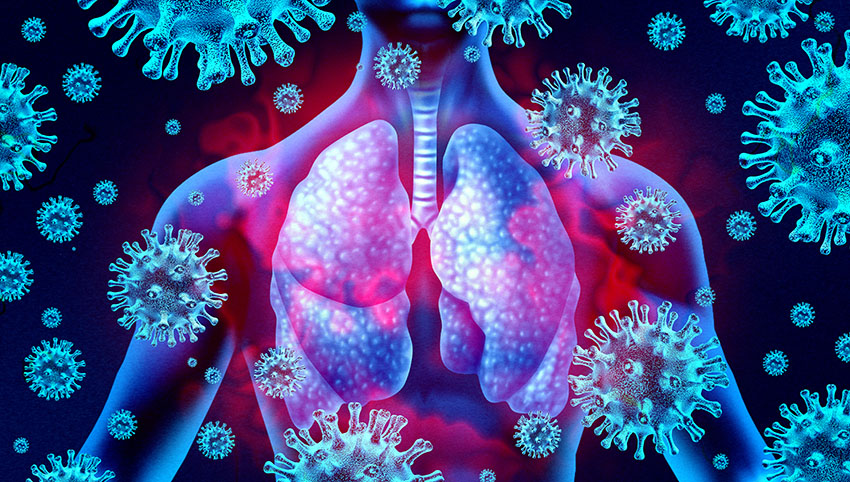1. COVID-19
- Overview: Despite being declared no longer a global health emergency by the WHO in 2023, COVID-19 remains a significant concern worldwide. New variants and waves of infection still lead to localized outbreaks and influence public health policies.
- Impact: Ongoing effects on global health, economies, and healthcare systems.
2. Influenza (Seasonal Flu)
- Overview: The flu remains a seasonal concern, with varying strains causing annual outbreaks. Vaccination campaigns are critical in mitigating its spread.
- Impact: High morbidity, especially among the elderly, young children, and immunocompromised individuals.
3. Monkeypox (Mpox)
- Overview: Re-emerged as a global concern in 2022, with outbreaks reported in non-endemic countries. Efforts are ongoing to control its spread through vaccination and public health measures.
- Impact: Significant attention due to its spread outside traditional regions and its potential to become endemic in new areas.
4. Dengue Fever
- Overview: A mosquito-borne viral disease that is trending due to increasing cases in tropical and subtropical regions, exacerbated by climate change and urbanization.
- Impact: High morbidity and mortality in affected regions, with severe outbreaks in South America, Southeast Asia, and parts of Africa.
5. Respiratory Syncytial Virus (RSV)
- Overview: RSV has gained attention recently due to its impact on children and the elderly. The surge in cases in various regions has strained pediatric healthcare services.
- Impact: High hospitalization rates among young children and older adults, particularly in the winter season.
6. Malaria
- Overview: Malaria remains a major global health issue, particularly in sub-Saharan Africa. Efforts to combat it include the distribution of insecticide-treated nets and the development of new vaccines.
- Impact: Significant cause of death and illness in endemic regions, with increasing concerns about drug resistance.

7. Ebola
- Overview: Although outbreaks are sporadic, Ebola continues to be a global concern due to its high mortality rate and potential for spread if not contained quickly.
- Impact: Ongoing surveillance and rapid response are crucial to prevent widespread outbreaks, particularly in Africa.
8. Tuberculosis (TB)
- Overview: TB remains a persistent threat, particularly in developing countries. Drug-resistant strains have made it a more challenging disease to treat.
- Impact: High burden in regions with poor healthcare infrastructure, with multi-drug-resistant TB posing a significant challenge.
9. HIV/AIDS
- Overview: While no longer at the peak of its epidemic, HIV/AIDS remains a significant public health issue, particularly in sub-Saharan Africa. Advances in treatment have improved life expectancy for those infected.
- Impact: Ongoing challenges in prevention and treatment, particularly in resource-limited settings.
10. Zika Virus
- Overview: Zika remains a concern due to its potential to cause birth defects. Outbreaks have been sporadic since the major epidemic in 2015-2016.
- Impact: Primarily affects pregnant women, with significant public health implications during outbreaks.
11. Non-Communicable Diseases (NCDs)
- Overview: While not infectious, NCDs like heart disease, cancer, diabetes, and chronic respiratory diseases are trending globally due to lifestyle changes, aging populations, and urbanization.
- Impact: Major cause of mortality worldwide, with increasing trends due to sedentary lifestyles and poor diets.
12. Avian Influenza (Bird Flu)
- Overview: Avian Influenza periodically raises concerns due to outbreaks in poultry and the potential for zoonotic transmission to humans.
- Impact: Significant impact on poultry industries and public health, with ongoing monitoring for human cases.

13. Cholera
- Overview: Cholera remains a serious issue in regions with poor sanitation and water quality. Outbreaks are often linked to natural disasters and conflict zones.
- Impact: High mortality if not treated promptly, with significant outbreaks in Africa, Southeast Asia, and the Caribbean.
14. Polio
- Overview: Efforts to eradicate polio have been largely successful, but isolated cases and vaccine-derived outbreaks still occur.
- Impact: Ongoing vaccination campaigns are crucial to prevent resurgence.
15. Leprosy
- Overview: Leprosy is still prevalent in some parts of Asia, Africa, and South America. Despite being curable, it remains stigmatized, and new cases continue to be reported.
- Impact: Low incidence globally, but ongoing challenges in eradication due to stigma and lack of resources in affected areas.



